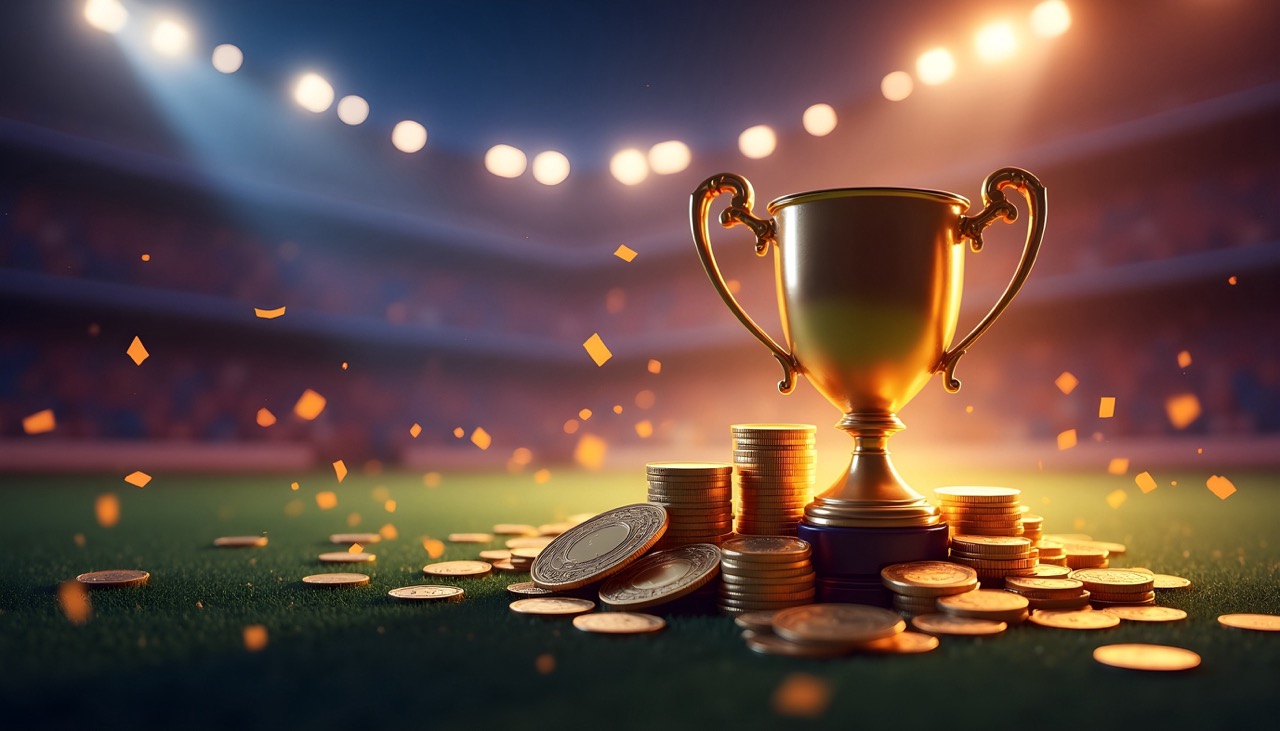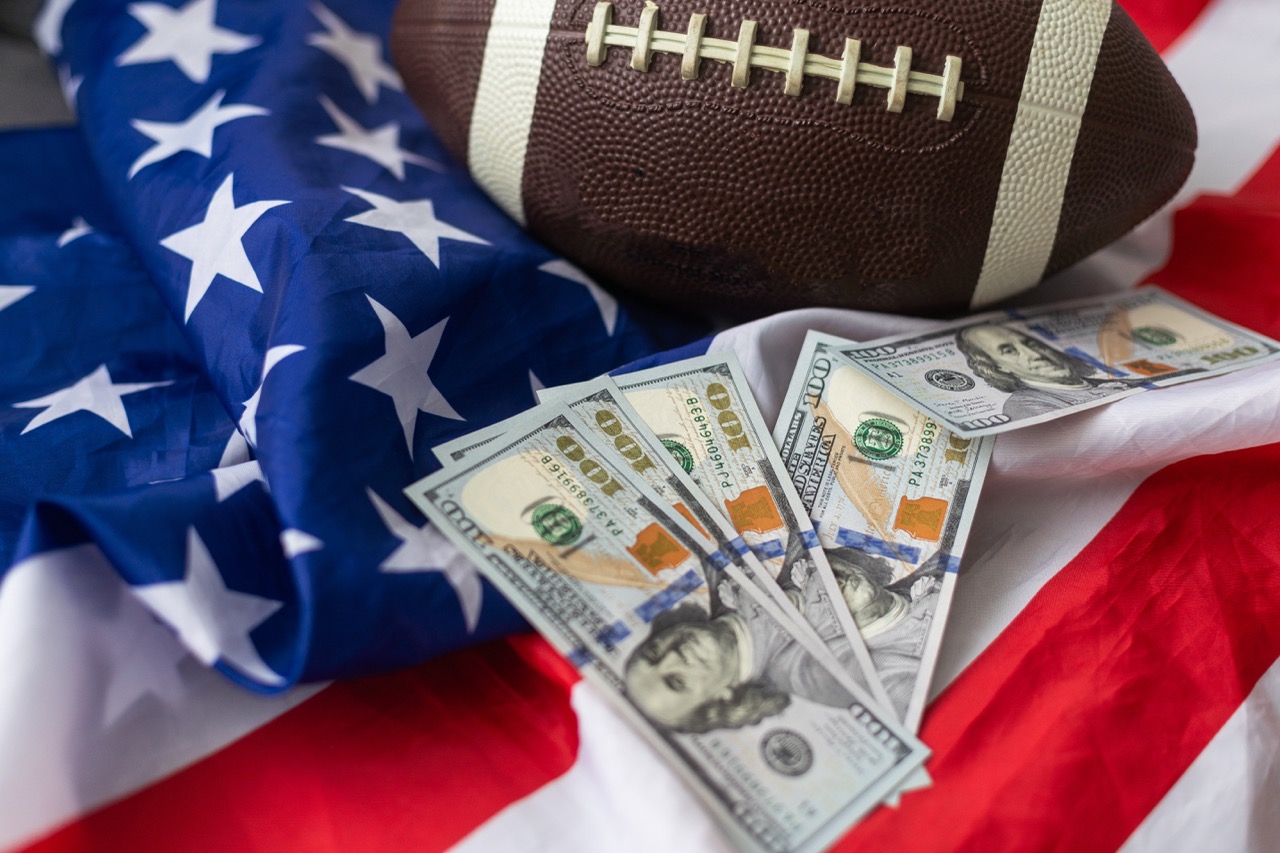College Athletics and Revenue Sharing: Key Issues and Considerations
College sports have become a multi-billion-dollar industry in the United States. From television rights and merchandise to ticket sales and sponsorships, universities generate significant revenue from their athletic programs. As these profits have grown, a new conversation has emerged: should college athletes receive a share of the money they help generate?
PMG Private NIL is one of the organizations helping athletes understand the financial landscape surrounding college sports. As the debate around revenue sharing intensifies, PMG Private NIL supports athletes by offering guidance on taxation, income tracking, and compliance. This blog explores the complicated world of college sports revenue sharing and what it means for athletes, schools, and future policies.
The Financial Growth of College Sports
College sports have seen significant financial growth in recent years. According to NCAA data, many top Division I athletic programs earn tens of millions of dollars annually. In some cases, revenues exceed $100 million. Most of this money comes from football and men’s basketball.
Major television networks pay billions of dollars to secure broadcast rights for regular-season games and national championships. Sponsorship deals with large companies also contribute heavily to athletic department income. Fans support programs by purchasing tickets, merchandise, and team-related products.
As college sports bring in more revenue, questions about how the money is shared have become more common. University administrators, coaches, and conference officials may receive high salaries and performance bonuses. Meanwhile, student-athletes often receive scholarships, housing support, and limited stipends.
Although student-athletes now have the option to earn income through Name, Image, and Likeness (NIL) deals, many observers continue to discuss broader revenue-sharing models. These conversations reflect growing interest in how college sports can remain fair, competitive, and financially sustainable for everyone involved.
Understanding Revenue Sharing
Revenue sharing in college sports means giving student-athletes a portion of the money that schools earn from athletics. This concept would be a major change from the current model used by the NCAA. At present, athletes are considered amateurs and are not paid directly for their performance or the money they help generate.
There are many different ideas about how revenue sharing could work. Some proposals suggest that schools should set aside a percentage of their total athletic profits to share with players. Others recommend paying athletes based on the sport they play, especially if it brings in high revenue, such as football or men’s basketball. Some plans even consider individual popularity or marketability when deciding how much each athlete might receive.
These ideas raise many important questions. Legal experts are still debating whether current labor and tax laws would allow such a system. Schools would also need to address how to manage payments fairly across sports. In addition, there are concerns about whether revenue sharing would affect scholarships, team budgets, or student-athlete status.
Legal Challenges and Recent Changes
Legal decisions and policy shifts have reshaped the financial rights of college athletes. A key moment came in 2021 when the United States Supreme Court ruled in NCAA v. Alston that the NCAA could not limit education-related benefits for student-athletes. This ruling did not directly allow athlete pay but weakened the NCAA’s control over financial restrictions.
Following that decision, the NCAA introduced interim guidelines that let student-athletes earn income from their Name, Image, and Likeness (NIL). Athletes can now sign sponsorship deals, appear in ads, and get paid for personal branding. While NIL earnings are not the same as direct revenue sharing, they represent a major shift toward athlete compensation.
At the same time, lawsuits and proposed laws across the United States are challenging how athletes are classified. Some legal efforts seek to recognize college athletes as employees, which could give them rights to wages and collective bargaining. Others argue that schools should share revenue from major sports like football and basketball.
These legal and policy changes are ongoing. The results will help shape whether and how student-athletes receive a share of college sports profits. PMG NIL helps athletes stay informed about how these developments may affect their financial responsibilities and reporting.
NIL vs. Revenue Sharing
Name, Image, and Likeness (NIL) income and revenue sharing are not the same. NIL income comes from deals that athletes make using their personal identity. This includes sponsorships, social media promotions, autograph signings, and merchandise sales. It is money earned directly by the athlete from outside businesses.
Revenue sharing refers to the idea that schools would give athletes a portion of the money made through sports programs. This includes profits from ticket sales, media rights, and sponsorships. For example, if a university earns tens of millions from a football season, revenue sharing would mean athletes on that team might receive a share of that income. Unlike NIL, revenue sharing is still under legal and policy review. Courts and lawmakers are still debating whether athletes should be treated as employees and receive direct compensation from schools.
PMG Private NIL supports athletes in managing their NIL income wisely. This includes tracking earnings, planning for taxes, and staying compliant with rules. Even as revenue sharing remains uncertain, financial education is already necessary. Athletes need guidance to handle income and avoid costly mistakes. Understanding the difference between NIL and revenue sharing helps athletes stay informed and prepared for the evolving college sports landscape.
Concerns and Challenges
Despite growing support, revenue sharing raises several concerns. First, it challenges the traditional model of amateurism in college sports. Changing this structure may affect the identity of collegiate athletics.
Second, not all sports generate revenue. Football and men’s basketball programs may earn large profits, but many other teams operate at a loss. Sharing revenue could create tension between programs or require budget restructuring that affects other departments.
Third, there are compliance and taxation issues. If athletes receive direct payments from schools, they may be classified differently under tax law. Schools would need to navigate employment status, withholdings, and reporting requirements.

Employee Classification Debate
One of the most significant questions in revenue sharing discussions is whether athletes should be considered employees. Some labor advocates and athletes believe they should. Employee status could bring benefits such as minimum wage protections, health coverage, and collective bargaining rights.
Others caution that employee classification could complicate matters. Schools may have to provide employee benefits, follow labor laws, and face increased legal responsibilities. This may lead to unintended consequences for athletic programs.
Current court cases and National Labor Relations Board (NLRB) decisions will influence how this issue develops.
Federal Legislation and Recent Legal Developments
The rules for athlete compensation in college sports continue to evolve and vary widely across the United States. Many states have passed their own Name, Image, and Likeness (NIL) laws. These laws differ in what they allow and how they regulate athlete deals. This patchwork of state laws has created challenges for athletes, schools, and businesses trying to comply with varying standards.
In response, several members of Congress have proposed federal legislation aimed at creating a consistent national framework. Such a law would apply to all college athletes, regardless of their location or school. It could provide clearer protections for athletes and more straightforward rules for universities.
A major recent legal development came in June 2025, when a federal court approved the House v. NCAA settlement. This settlement allows Division I schools to share a portion of their athletic revenues directly with student-athletes starting July 1, 2025. The initial revenue-sharing cap is set at $20.5 million annually, with plans for gradual increases in the future. This marks a significant shift toward direct athlete compensation beyond NIL earnings.
However, this settlement is not a federal law and applies only to participating institutions. It is currently facing legal challenges, including a Title IX appeal from female athletes, which could impact how and when it is fully implemented.
As a result, the legal and legislative landscape remains in flux. While the settlement represents progress, ongoing court cases and proposed federal bills will continue to shape athlete compensation policies for years to come.
The Role of Universities
Universities face complex choices as they consider revenue sharing. Some institutions are exploring ways to support athletes financially without violating current laws. These include expanding education-related benefits or offering more support services.
Others are waiting for legal rulings before making major changes. In either case, schools must prepare for a future where athletes play a more central role in the financial structure of college sports.
Education will be key. Schools must ensure that athletes understand their rights and responsibilities when it comes to income. PMG Private NIL supports this goal by providing education and tools to help athletes track income, understand contracts, and remain compliant.
Financial Literacy and Planning
Whether through NIL or future revenue sharing, athletes need financial skills to succeed. Managing income, budgeting for taxes, and understanding legal agreements are essential life skills.
PMG Private NIL emphasizes financial literacy as part of its support. Helping athletes plan for tax season, organize receipts, and keep contracts in order can reduce stress and avoid penalties.
Athletes should also consider long-term planning. Saving for future goals, avoiding risky financial decisions, and building responsible habits can benefit them beyond college.
Stay Ready for What’s Next in College Sports
College sports are entering a new era. Court rulings, proposed laws, and national debates are reshaping how athletes may be compensated in the future. While revenue sharing is still being discussed, one thing is certain, athletes need trusted support to keep up with these changes.
PMG Private NIL is here to help athletes make sense of this evolving landscape. We focus on the financial side of NIL income, offering tools and guidance that help athletes stay organized, tax-aware, and prepared. Our team does not offer investment advice. Instead, we help athletes understand what they are earning, how to track it, and how to stay compliant.
As the conversation around athlete compensation continues to grow, now is the time to be proactive. Whether you are already earning from NIL deals or preparing for future changes in revenue distribution, having a strong support system matters.
PMG Private NIL is committed to helping athletes stay informed and focused, on and off the field. Visit our site or connect with us on Instagram to learn more.




